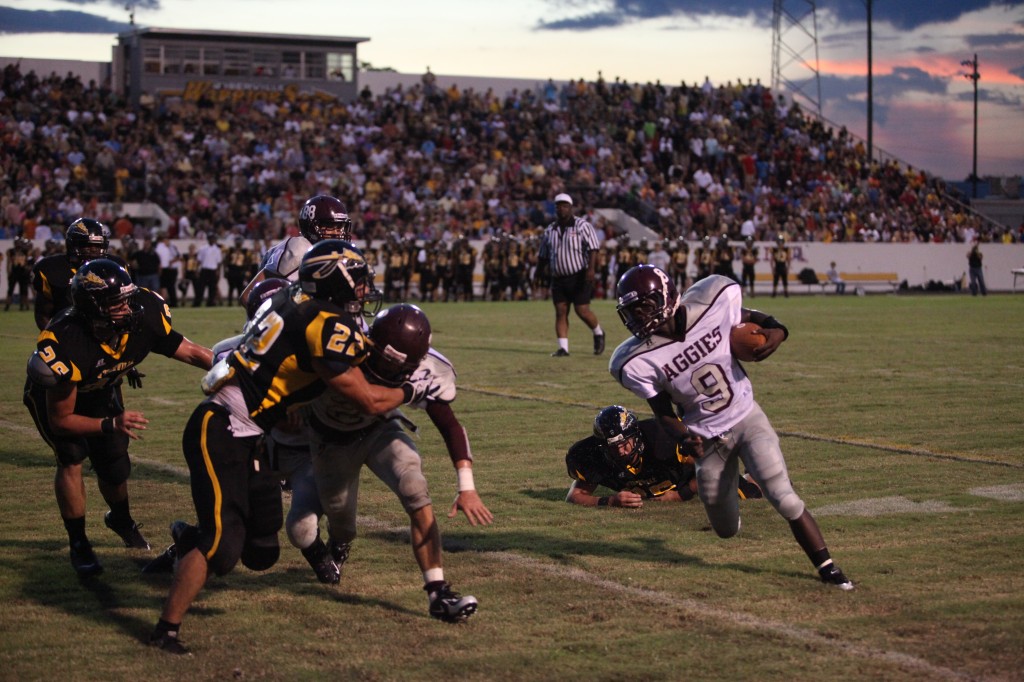 The big news out today is that Reuters is going after the AP. Their new service, called Reuters America, intends to produce “Tier 2 domestic US news” with “one-person bureau chiefs,” with news “tailored to the needs of the US consumer media domestic audience.”
The big news out today is that Reuters is going after the AP. Their new service, called Reuters America, intends to produce “Tier 2 domestic US news” with “one-person bureau chiefs,” with news “tailored to the needs of the US consumer media domestic audience.”
Which means they’re sending one-man bands into under-served markets and selling the news to American news organizations at prices that the AP can’t match.
In brief, it sounds a lot like my plans for Stry.
But here’s a key difference: Reuters America will still answer to breaking news. Per one of their job openings:
The one-person bureau chiefs for the service will be experienced correspondents… [responsible for] chasing down US domestic spot news on tight deadlines (15-30 minutes to match breaking news for Web sites with brief Urgents)
This is where Reuters misses the point.
There is an inefficiency in the news ecosystem, because wire services answer to breaking news. These wire services are easily distracted — time can’t be spent reporting on key issues in communities because a police scanner is lighting up. Great reporting requires focus.
And then there’s one other truth: with the growth of the web and social media, breaking news isn’t hurting, even as news organizations shrink.
So a modern news agency needs to take breaking news out of the equation. That’s the difference with Stry. By removing that obstacle, Stry will let our reporters focus on the stories that are of most importance to communities. Our model will allow us to deliver meaningful news to consumers. The best stories know no news cycles, and we are not going to rush our stories or the news gathering process.
I think Reuters America is doing a smart thing: they’re trying to disrupt the business model that’s taken them this far.
Their only failure is that they haven’t gone far enough.
photo courtesy of Christopher Woo
[ois skin=”Tools for Reporters”]


 They said it couldn’t be done.[1. They = my parents, siblings, relatives, friends and others who generally care about my sanity.] They said it shouldn’t be done, really. They said I would have to be an idiot to quit my paying job in San Antonio, move to Biloxi, Miss., and start my own news bureau. They said that I should find a more enjoyable way to blow my savings.
They said it couldn’t be done.[1. They = my parents, siblings, relatives, friends and others who generally care about my sanity.] They said it shouldn’t be done, really. They said I would have to be an idiot to quit my paying job in San Antonio, move to Biloxi, Miss., and start my own news bureau. They said that I should find a more enjoyable way to blow my savings.